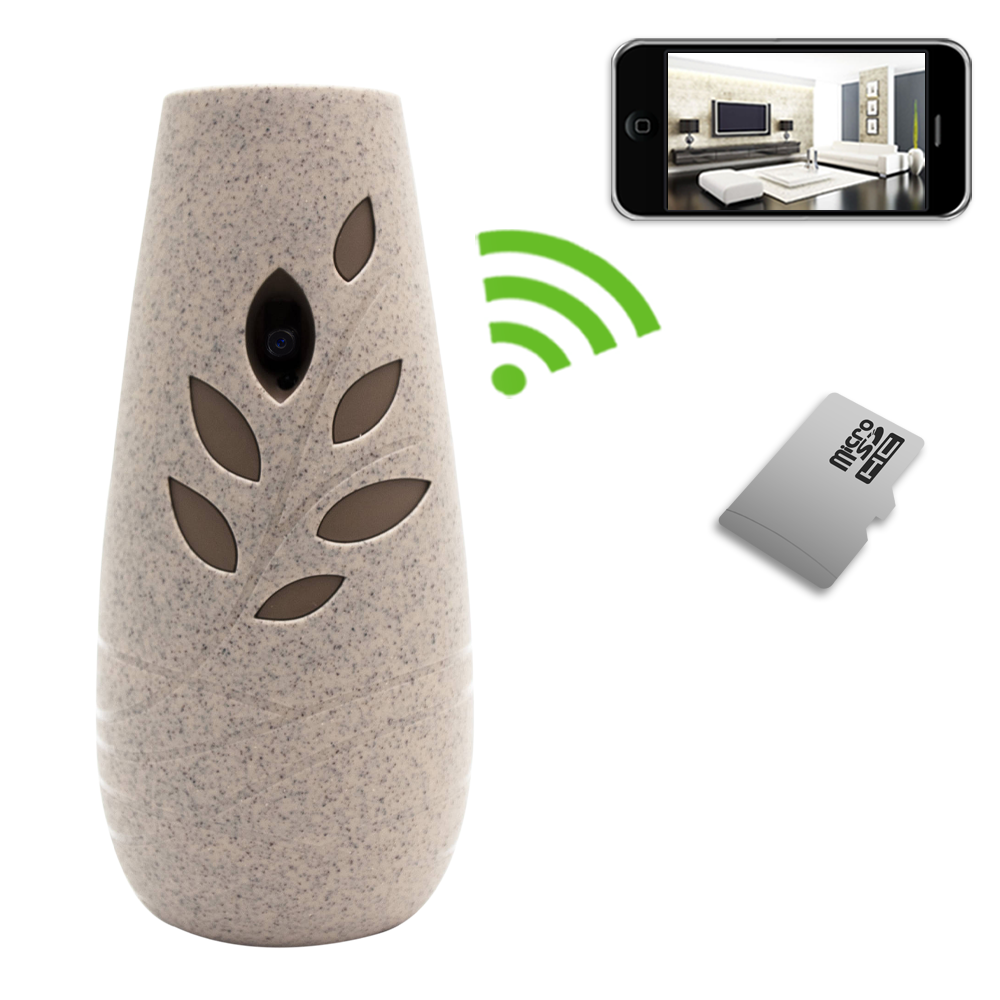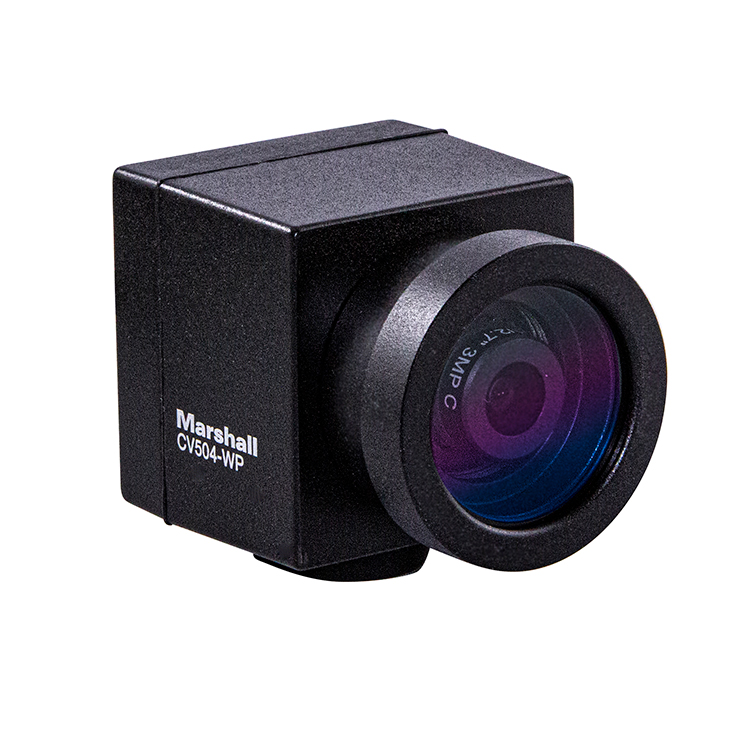Micro cameras, small yet powerful, are at the forefront of modern technology. These tiny devices pack impressive capabilities into minute forms, making them valuable in various fields. This article will explore the technology behind modern micro camera, shining a light on their key features and applications.
Understanding Micro Camera Components
Miniaturized Lenses
Miniaturized lenses are a crucial component of micro cameras. They capture light and focus it onto the sensor, allowing for clear, detailed images. Advances in lens technology have enabled the production of lenses that are not only small but also highly effective. Modern micro lenses consist of multiple layers, each contributing to reducing distortion and enhancing clarity. These lenses use materials like glass and plastic, which are carefully engineered to work well in such a tiny form factor.
High-Resolution Sensors
The sensor is another vital element in micro cameras. High-resolution sensors convert light captured by the lens into digital signals, producing sharp and vibrant images. These sensors are often CMOS or CCD types. CMOS sensors are popular due to their faster processing speeds and lower power consumption. Despite their small size, these sensors can deliver resolutions that rival those of larger cameras. Continuous advancements in sensor technology are pushing the boundaries of what micro cameras can achieve.

Advanced Imaging Techniques
Low-Light Performance
One of the significant advancements in micro camera technology is improved low-light performance. Specialized sensors and image processing algorithms allow these tiny cameras to capture clear images even in low-light conditions. This capability is crucial for applications like surveillance, where lighting conditions can be unpredictable. Techniques like back-illuminated sensors and noise reduction algorithms enhance low-light performance, allowing micro cameras to maintain high image quality in challenging environments.
Image Stabilization
Image stabilization is another critical feature in modern micro cameras. It reduces blurriness caused by camera movement or vibrations. This is particularly important for handheld devices and applications where the camera may be in motion. Micro cameras achieve stabilization through various methods, including optical and electronic stabilization. Optical stabilization uses tiny gyroscopes to adjust the lens or sensor, while electronic stabilization uses software algorithms to compensate for movement, ensuring sharp and clear images.
Wireless and Connectivity Features
Wi-Fi and Bluetooth
Many modern micro cameras come equipped with Wi-Fi and Bluetooth capabilities. These features allow for wireless transmission of images and videos to other devices like smartphones and computers. This connectivity makes it easy to share and store footage without the need for physical cables. Wi-Fi enables real-time streaming and remote control over a network, while Bluetooth is useful for short-range communication and pairing with nearby devices.
Integrated Apps
Along with wireless capabilities, micro cameras often come with integrated apps. These apps provide user-friendly interfaces for controlling the camera, viewing live feeds, and adjusting settings remotely. Apps can also offer advanced features like cloud storage, image editing, and activity alerts. This integration enhances the functionality and convenience of micro cameras, providing users with a seamless experience for managing their devices and capturing content.

Battery Efficiency and Power Management
Long Battery Life
Efficient power management is crucial for micro cameras, which often rely on small batteries. Modern micro cameras are designed to optimize power usage, ensuring long battery life even during continuous operation. Battery efficiency is achieved through a combination of low-power components, energy-saving modes, and advanced power management algorithms. Longer battery life is particularly important for applications like security and outdoor activities, where regular recharging may not be practical.
Quick Charging
In addition to longer battery life, many micro cameras now feature quick charging capabilities. This technology allows batteries to be recharged faster, minimizing downtime. Quick charging is enabled by high-efficiency charging circuits and compatible adapters. For users who need their cameras ready at all times, quick charging ensures that the device can be powered up and operational in a short period, enhancing its usability and convenience.
Applications in Various Fields
Medical and Health Care
Micro cameras have revolutionized the medical field. They are used in endoscopies, allowing doctors to examine internal organs without invasive surgery. These cameras provide high-resolution images, aiding in accurate diagnosis and treatment. In health care, micro cameras are also used in wearable devices like smartwatches and fitness trackers to monitor various health parameters. Their small size and advanced imaging capabilities make them invaluable in improving patient care and health monitoring.
Surveillance and Security
In the realm of surveillance, micro cameras are game-changers. Their small size makes them easy to conceal, providing discreet monitoring in both public and private spaces. These cameras are used in security systems, traffic monitoring, and even in wildlife observation. Advanced features like motion detection, night vision, and remote access enhance their functionality, making them essential tools for maintaining security and safety in various environments.
Innovations and Future Trends
AI Integration
Artificial intelligence (AI) is playing a growing role in micro camera technology. AI algorithms can analyze images in real-time, enabling features like facial recognition, object detection, and automated video analysis. These capabilities are particularly valuable in security and surveillance applications, where quick and accurate identification is crucial. AI integration is also enhancing the functionality of consumer devices, providing smarter and more intuitive camera features.
Augmented Reality
Augmented reality (AR) is another exciting trend in micro cameras. By overlaying digital information onto the real world, AR technology enhances the user’s perception and interaction with their environment. Micro cameras are essential components in AR devices, capturing the real world and integrating it with digital elements. This technology has applications in gaming, education, retail, and more, providing immersive and interactive experiences that blend the physical and digital worlds.

Consumer Market and Accessibility
Affordability
One of the significant benefits of advancements in micro camera technology is increased affordability. As production techniques improve and demand grows, the cost of micro cameras has decreased. This makes them accessible to a wider range of consumers and industries. Affordable micro cameras enable more people to use these powerful tools for personal and professional applications, driving further innovation and adoption.
User-Friendly Design
Designing user-friendly micro cameras has been a priority for manufacturers. Modern micro cameras often feature intuitive interfaces, easy installation, and straightforward controls. This focus on usability ensures that even non-technical users can take advantage of advanced camera features without a steep learning curve. User-friendly design enhances the appeal and practicality of micro cameras, making them attractive options for various applications.
Conclusion
Embracing the Future
Micro cameras represent a pinnacle of technological innovation. Their compact design, advanced features, and diverse applications make them indispensable in today’s world. As technology continues to evolve, micro cameras will become even more powerful and versatile. Embracing these advancements opens up new possibilities for various fields, from medicine and security to consumer electronics and beyond.
Investing in Innovation
As we have explored, the technology behind modern micro cameras is both fascinating and complex. Investing in this innovation not only enhances current capabilities but also paves the way for future developments. Whether for personal use or professional applications, understanding and leveraging the power of micro cameras can significantly impact the way we capture and interact with the world around us.
Expanding Educational Applications
Micro cameras are gaining traction in the realm of education. They are being integrated into classroom environments and educational tools to enhance learning experiences. Teachers use micro cameras for live demonstrations, allowing all students to have an up-close view of experiments and intricate procedures. In online education, micro cameras provide clear and detailed visuals that enhance remote learning sessions.
